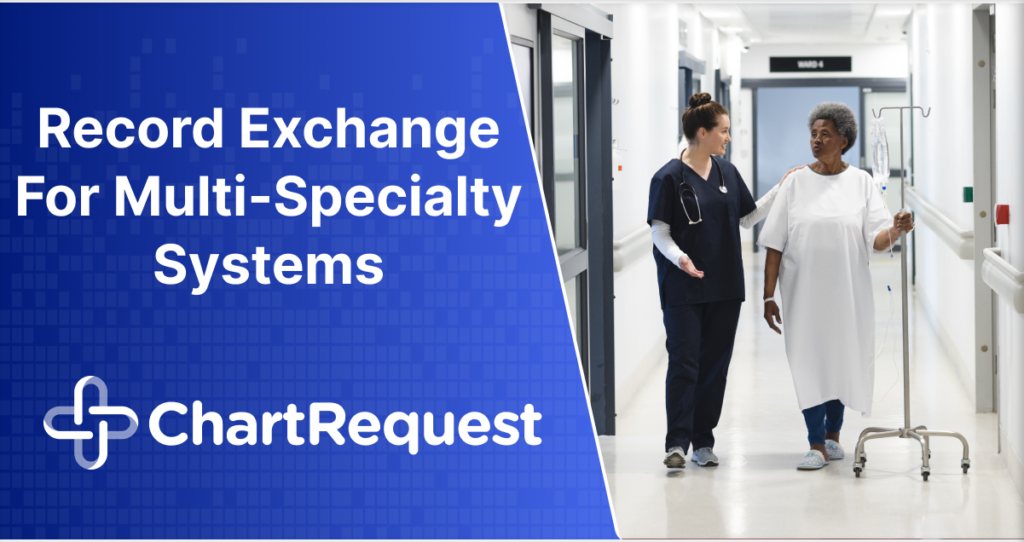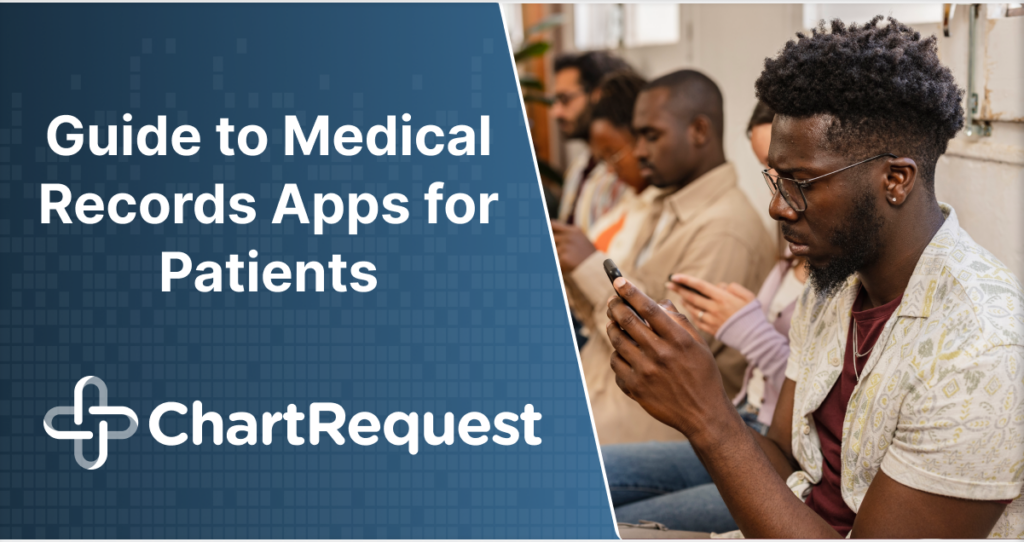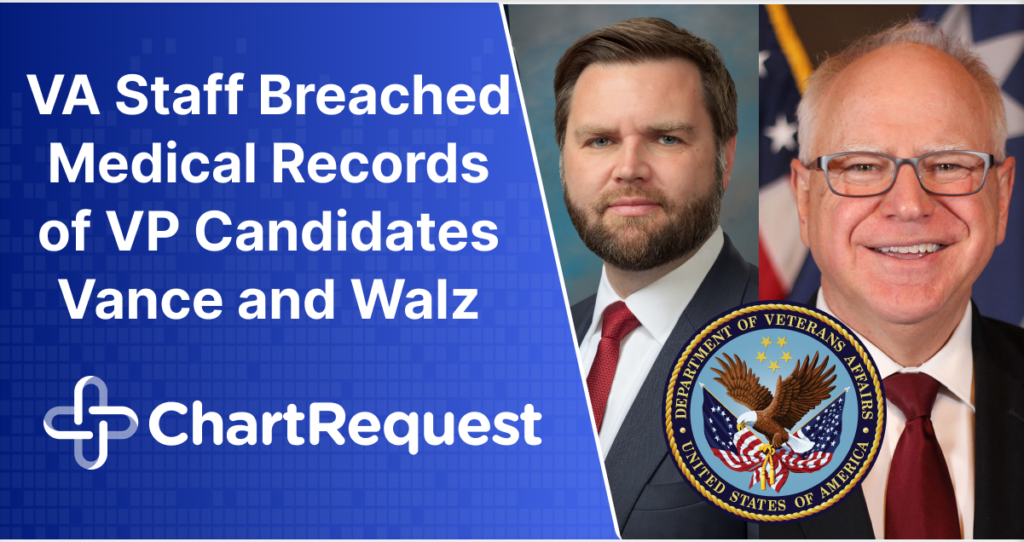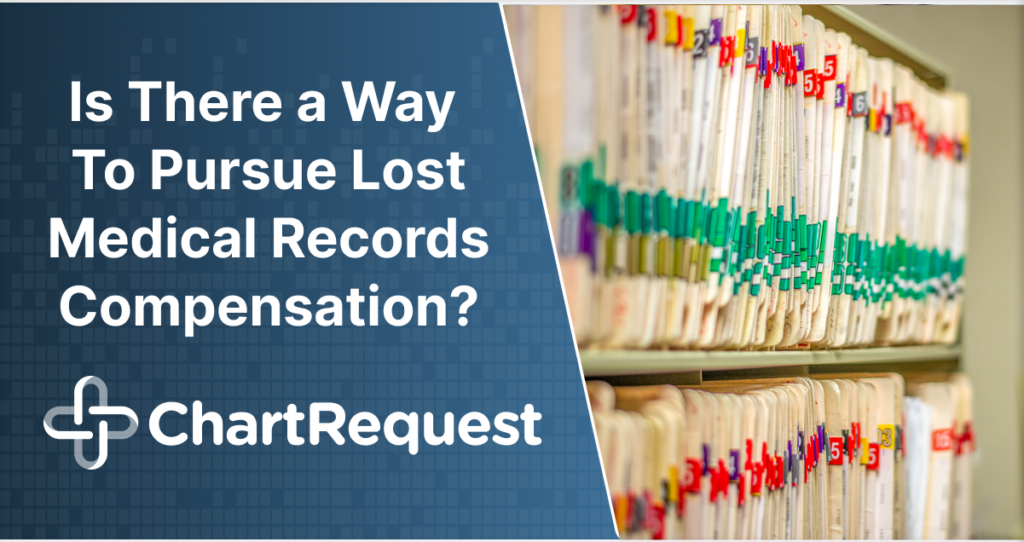2024 has several healthcare compliance proposals lined up. Are you ready?
With the rise in cyberattacks and data breaches in recent years, it is more important than ever for healthcare organizations to comply with the strict regulations that protect patient information.
In this article, let’s talk about the 2024 compliance proposals and how your healthcare facility can prepare for them. Understanding and adapting to these new compliance proposals is crucial for every healthcare provider to ensure lasting compliance.
Why is it Important to Stay Compliant?
Staying compliant at all times means avoiding the penalties that come with violating various healthcare regulations.
Each regulation has a different level of severity, but the consequences can be severe. Penalties may include large fines and even criminal charges.
Being compliant allows you to do the following:
- Protect Patient Data. Healthcare regulations like HIPAA set rules to keep sensitive Patient Health Information (PHI) safe and confidential. As a healthcare provider, you are responsible for protecting your patients’ data and only releasing it to authorized individuals.
- Give Patients Control Over Health Information. Several healthcare laws give patients rights over their own health data. These regulations allow them to get their medical records when they need them. This control is important for their privacy and health management.
- Legal Consequences. Organizations can face huge fines and legal issues if they don’t comply. This compliance helps avoid these problems.
- Trust and Loyalty with Patients. When patients know their information is secure, they’re more likely to trust and stay loyal to their healthcare providers.
- Standardization in How Patient Data is Handled. This standardization makes sure there’s a consistent, reliable way to manage health information, which is key for quality healthcare.
In 2023 alone, over 500 organizations experienced data breaches that impacted 112 million people. Such breaches can lead to steep HIPAA fines and other penalties. The Highest penalty so far was by L.A. Care Health Plan, which paid a whopping $1.3 million in settlement with the Office of Civil Rights (OCR).
Understanding Healthcare Compliance Proposals
Healthcare regulations are always changing. The systems and workflows you have in place right now might need some upgrades with new compliance proposals on the horizon.
But what are compliance proposals? How important are they?
A compliance proposal is a comprehensive plan that helps organizations comply with external laws, regulations, and internal policies. It provides clear steps to meet specific legal and ethical standards, ensuring adherence to all requirements.
Factors Considered for Compliance Proposals
When creating compliance proposals, take these several critical factors into account:
- Legal Requirements: The proposal must align with all relevant local, state, and federal laws and regulations, including those specific to the healthcare sector like the Health Insurance Portability and Accountability Act (HIPAA).
- Industry Standards: The proposal should meet or exceed data security and privacy standards.
- Patient Rights: It should ensure that patients’ rights to access their medical information are upheld, as stipulated by laws such as the HIPAA Privacy Rule.
- Technological Capabilities: The proposal should consider the current technological capabilities of the organization, including hardware, software, and network security measures.
- Risk Assessment: A thorough risk assessment should be conducted to identify potential vulnerabilities in the organization’s current compliance status. The proposal should address these weaknesses and propose solutions to mitigate them.
- Training and Education: A good compliance proposal outlines a comprehensive training program for staff to understand the new compliance measures and how to implement them effectively.
- Monitoring and Auditing: The proposal should also include provisions for ongoing monitoring and auditing of the organization’s compliance with the proposed measures.
Key Proposals in the 2024 Compliance Framework
2024 has several exciting and important healthcare compliance proposals, especially in strengthening patient privacy and access to medical records. These are designed to better protect patient data, streamline healthcare operations, and stay in line with the latest laws and regulations
Let’s get you up to speed and ready for the year ahead!
Privacy Rule
The 2024 compliance proposals for the Privacy Rule seek to strengthen patient rights and the handling of PHI. These updates are designed to enhance patient control and flexibility while ensuring their data remains secure.
Studying these possible changes will help you stay compliant while providing better patient care.
Updates to Patient Rights:
- ePHI to Personal Health Applications:
- Right to Direct ePHI: Patients may gain the right to instruct healthcare entities to send their ePHI directly to personal health applications. This empowers patients to actively manage their health information and engage with digital health tools.
- Conditions for Free ePHI Access: The new proposals specify situations where patients should be provided access to their ePHI without any charge. This aims to remove financial barriers to accessing personal health information.
- Informing Patients About PHI Rights: Healthcare entities are now required to clearly inform patients about their rights to obtain or direct copies of their PHI to third parties. This measure ensures that patients are aware of and can exercise their rights effectively.
- Expanding the Armed Forces’ Use of PHI:
- Broader Access for Uniformed Services: The updated rule grants broader permissions for the Armed Forces to use or disclose PHI to all uniformed services. This change aims to facilitate better healthcare coordination and support within military services.
- Modification in PHI Disclosure Rules:
- Expanded Disclosure Capabilities: There’s a change in the wording of the rule, allowing healthcare entities more flexibility to disclose PHI to prevent health or safety threats. This change is significant in enhancing proactive healthcare interventions and safety measures.
- Allowing Patients to Direct PHI Sharing:
- Facilitating PHI Sharing Among Covered Entities: A new pathway has been created for individuals to direct the sharing of their PHI maintained in Electronic Health Records (EHRs) among different healthcare providers. This facilitates smoother coordination of care and the sharing of vital health information across healthcare providers.
Strategic Adaptation for Healthcare Providers:
- Embracing Digital Health Applications: Healthcare providers should gear up to integrate with personal health applications, ensuring the secure and efficient transmission of ePHI as directed by patients.
- Updating Patient Communication Channels: It’s essential to update patient communication strategies, ensuring that patients are fully informed about their rights concerning their PHI.
- Training Staff for New Procedures: Employees must be trained on these new procedures, particularly regarding the expanded rights of patients and the new pathways for PHI sharing.
ChartRequest’s Role in Facilitating Compliance
- Seamless Integration with Health Apps: ChartRequest can be instrumental in facilitating the secure transfer of ePHI to personal health applications, aligning with patient directives.
- Support in Patient Communication: The platform can aid in effectively communicating patients’ rights and procedures for accessing and directing their PHI.
- Simplifying PHI Sharing: ChartRequest simplifies the process of sharing PHI among covered entities, adhering to the new pathways set by the HIPAA updates.
HIPAA Security Rule
The HIPAA Security Rule compliance proposals will bring significant enhancements to data security. These proposals emphasize the integration of security and privacy, workforce training, and the adoption of cybersecurity best practices
Convergence of HIPAA Security and Privacy:
- Unified Approach to ePHI Security and Privacy: The latest compliance proposals highlight the convergence of security and privacy aspects in healthcare, especially with the widespread use of Electronic Medical Records (EMRs) and other healthcare technologies. This unified approach acknowledges that robust data security is indispensable for ensuring patient privacy.
- Integrated Security Measures: Healthcare organizations are encouraged to implement integrated security measures that not only protect ePHI from unauthorized access but also ensure its confidentiality and integrity, catering to both security and privacy demands.
Workforce Training on Phishing and Cyber-Awareness:
- Empowering Employees Against Cyber Threats: Given the rise in sophisticated cyber threats like phishing attacks, comprehensive employee training has become more crucial than ever. The new updates emphasize educating the workforce on identifying, reporting, and mitigating such threats.
- Regular and Inclusive Training Programs: Training programs should be regular and inclusive, covering all levels of the organization to create a culture of cyber-awareness and proactive defense.
Incorporating Cybersecurity Best Practices with 405(d):
- Adherence to 405(d) Guidelines: The updates encourage healthcare organizations to adhere to the cybersecurity best practices outlined in Section 405(d) of the Cybersecurity Act of 2015.
- Implementing Industry-Standard Cybersecurity Measures: These best practices involve adopting industry-standard measures and strategies to protect against cyber threats. This enhances the overall cybersecurity posture of healthcare entities.
How ChartRequest Helps You Align with the HIPAA Security Rule Updates
- Facilitating Compliance and Security: ChartRequest can play a pivotal role in helping healthcare organizations align with these new proposals. ChartRequest supports the seamless integration of security and privacy measures by offering secure data handling and exchange solutions.
- Enhancing Workforce Training and Cyber-Awareness: ChartRequest’s provides practical insights about secure data handling and reinforcing cybersecurity awareness.
- Aiding in Compliance Automation: ChartRequest’s features can assist in the automation of compliance processes, ensuring adherence to the updated HIPAA Security Rule and the broader definition of healthcare operations.
Patient Access and Rights
The proposed changes in 2024 to HIPAA may introduce pivotal changes to improve patient access to medical records. They also may enhance response mechanisms to data breaches and cyberattacks. These changes signify a move towards more transparency and patient empowerment in healthcare.
Improving Access to Medical Records:
- Transparency in Fee Schedules:
- Posting of Fee Schedules: HIPAA-covered entities may be required to publicly post their estimated fee schedules for accessing and disclosing PHI. This move towards transparency ensures patients are aware of potential costs upfront.
- Providing Individualized Estimates: In addition to posting fee schedules, healthcare providers may be required to give patients individualized estimates for the cost of providing copies of their PHI. This personalized approach helps patients make informed decisions regarding their health information.
- Enhancing Patient Rights:
- Speed Up Release of Information: The compliance proposal suggests reducing the turnaround deadline for requested records from 30 days to 15 days.
- Notes and Photographs of PHI: The proposal may also allow patients the right to take notes and photographs of their PHI. This empowers patients to actively engage with and understand their health information.
- Ensuring Privacy During PHI Access: While allowing note-taking and photography, it’s crucial for healthcare providers to ensure the privacy and security of PHI during these activities. This includes creating private spaces and secure processes for patients to access their health records.
- Defining Personal Health Applications:
- Clarification on Personal Health Applications: The updates include a clearer definition of what constitutes a personal health application. This clarity assists both patients and healthcare providers in understanding the scope and functionality of these applications.
- Process for Sending Records to Apps: The rules specify the process of sending medical records to personal health applications, emphasizing secure and efficient transmission to support patient’s management of their health data.
Responding to Incidents:
- Creating Robust Response Procedures:
- Data Breach and Cyberattack Protocols: In light of increasing digital threats, healthcare organizations are required to establish comprehensive response and reporting procedures for data breaches and cyberattacks. This ensures swift and effective action in the event of a security incident.
- Ensuring Effective Incident Management:
- Training and Preparedness: Staff training on these response procedures is essential to prepare your team for a breach or attack.
- Regular Audits and Updates: Regular auditing of these response procedures and updating them as needed are also crucial for maintaining an effective incident response strategy.
Boost Your Data Security & Privacy with ChartRequest
The 2024 HIPAA updates are significant developments in the healthcare industry, aiming to enhance clarity, safety, and patient experience. These updates offer increased control over health information, stronger protection against data breaches, and improved accessibility to medical records. They represent a transformative shift in managing health data.
For healthcare organizations, aligning with these changes ensures better security and fosters patient trust. Moreover, it is a strategic approach to staying abreast of the rapidly evolving healthcare regulations. Additionally, comprehensive training is crucial to keep everyone well-informed and compliant.
This is where ChartRequest comes into play. It serves as an intelligent partner that stays up-to-date with the latest regulations. ChartRequest facilitates secure and efficient data handling, streamlines operations, and provides top-notch training support to your team.
Why not explore the capabilities of ChartRequest? Discover our solutions and witness how we can help you seamlessly navigate these new changes. Rest assured, it is a worthwhile endeavor.
Schedule a free demo today and experience how prepared you can be for the future of healthcare.









